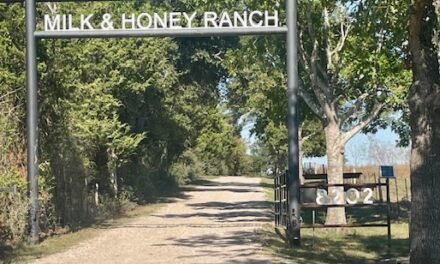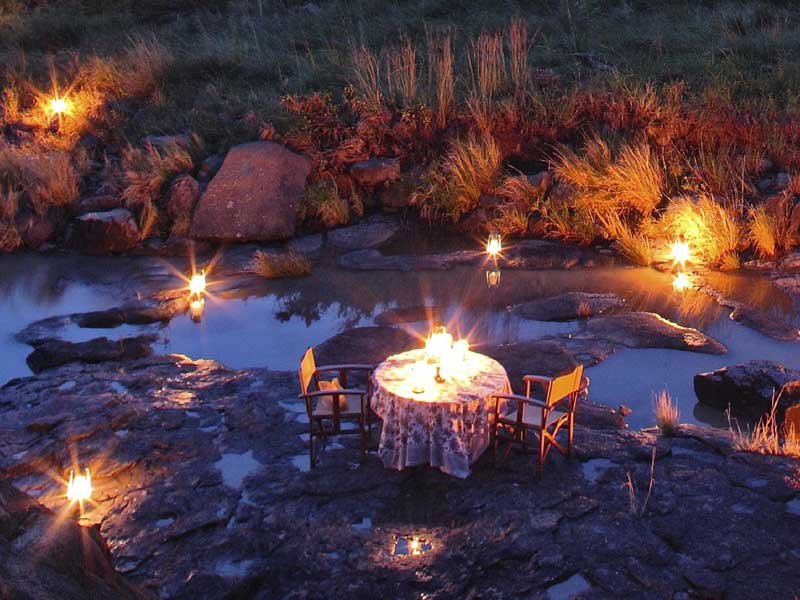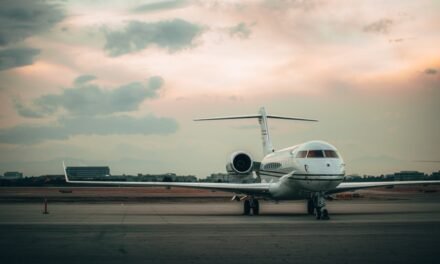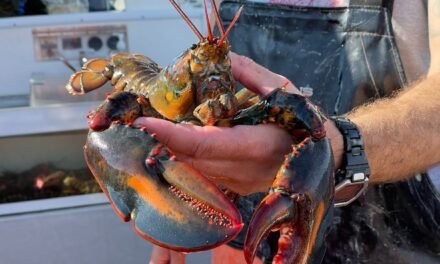
Eating Around the Kenya Bush!

Kenya, the original and perhaps ultimate safari destination, is legendary for its wildlife. Lesser known but only little less delightful are the exceptionally original and extraordinarily creative dining experiences that Kenya’s premium luxury camps orchestrate. If camps are constructed to bring the wilderness in, then they also construct culinary journeys that take you out to savour nature. Whilst over-built lodges in other safari destinations have nurtured and somewhat de-natured nature, Kenya offers a true taste of the wilderness. Speak to Chris Flat (chris@bush-and-beyond.com, Mobile: +254-0723 273668) at Bush & Beyond (www.bush-and-beyond.com). Chris is taciturn and terrifically efficient, and will tailor you the most delectable epicurean detours.
Sirikoi: A bewitchment of green sprawls before hand-built stone-and-thatch lodges, built by owner Willie Roberts’ own hands. Idyllic for al fresco meals, but if you feel your exquisite lunch shuddering on the lushest lawns, it’s because Sirikoi’s jet-setting pet giraffe (yes, Nditu whizzed in from the giraffe orphanage in a plane) is galloping about gaily, usually pursued by suitors. Now, Nditu (whom we believe can read in Samburu and surely French — you can’t be as chic as her and not) is no ingenue when it comes to enticing the boys (you can’t read French and be ingenue). Remark how well-versed Mademoiselle is in Samburu and French and the art of eyelid-batting, as you breakfast. Embowered under trees where monkeys swing and birds court and sing, relish a cornucopia. The breakfast table laid out by the pool is laden with fruit, flowers and veggies from Sue Roberts’ gardens, veritably the Garden of Eden. There, exotic flowers bloom in all their fragrant splendour and tropical mangoes and papaya flirt with multifarious berries that you can heap over gorgeous homemade granola, burgeoning with dry fruit and nuts. The glorious garden produce finds its way into plethoric and exciting salads at lunch, nibbles that accompany pre-prandial drinks around a mesmerising camp fire in the twilight, or subtle veggie creations at supper. The garden can also be packed into a picnic basket and then an organic banquet unfurls under arches of towering trees at the indigenous Ngare Ndare Forest, the region’s only canopy walk, where stunning red turaco birds look like ruby raindrops on 200-year-old trees.
Back at camp, the ever-green Willie Roberts sports a sarong and seasons balmy suppers under the stars with narrations of how he vanished into the wilderness, stayed in forests, caught and sold strange birds and snakes to earn money and refused to go to school — all this to ensure the family tree wasn’t uprooted and re-rooted back in England, following his father’s premature demise. The drama is rather Huckleberry Finn-like. I’ll let Willie elaborate, he tells tales better than I.
&Beyond Bataleur Camp: Deliberately vintage in look, the camp seems it’s been around as long as the plains of the Masai Mara that stretch eternally before dining decks. Breakfasts, when not in the bush, are presented on these terraces, and include muesli made with honey from a local community of beekeeping women the camp supports. Breakfast is bounteous, lunch and supper always four courses. They can be elegantly western. But discover Masai specialities like spinach or bean stew, usually accompanying goat, the Masai staple (although the chef can prepare vegetarians versions). The real Masai speciality at this camp is the staff. Managers like Stanley aren’t “imported” expats or “mzungus” (white Kenyans), and the service is a treat.
A wilderness way leads to tents fringed on the endless plains. Sultry dark-wood tents have wispy four-posters decked with sheets that caress like the silken service. I prefer the intimacy of darker tents to the lighter ones, and get labelled “romantic.” Thus, following hilltop sundowners including canapés and the crispest home-roasted nuts, I’m returned to camp and sent to Esther. She does the Mara’s best massages, with all-natural Africology products, in-tent, amidst roses and candles. I’m then led onto my private terrace for the Mara’s most romantic bespoke supper. Chef Meshak unveils four epicurean courses. Crystal wine glasses twinkle and silver glitters in starlight, around me blaze lamps and candles. Butler John asks Manager Stanley if he could add more. Stanley responds, “One hundred fifty lamps are quite enough, John!”
Elewana Sand River: Superbly stationed on the Sand River, with the best seats in the wilderness theatre to watch the inception of the Great Migration makes for “dinner theatre” with a delicious difference. There’s a pretty pool where lunches are served under a sway of trees. Otherwise dine in the privacy of your tents, handsomely colonial, all-leather-and-wood, a swirl in signature almond fragrances. They have crystal decanters and the crumbliest cookies enclosed in cut-glass bottles, and the plushest sofa in the Mara to sink into as the tents, gently flapping canvas in balmy breezes, hypnotize. Breakfast on private tree-drenched terraces on the river delights, unless monkeys whisk off your wholegrain toast. Sup al fresco on Little Sand River’s just-been-jacuzzied jazzy pavilion. Chef customizes four courses including wheat cigars that enclose gloriously green sautéed spinach as General Manager Tim says, the glowing full moon and brilliantly starred skies were brought out especially for me.
Richard’s Camp: During my morning game-drive, a bush breakfast is laid out on an embankment cleaved by a chocolate river humped with hippos. On the banks, fat slithers of crocodiles snooze and yawn unattractively. I relish homemade muesli that this camp does unusually with smoked nuts. My guide Lengume concurs with other Masai guides that muesli is about the only western breakfast food Masai guides, compelled to suffer bush breakfasts with guests, find palatable (The Masai are abstemious and usually have milk for breakfast). We’re breakfasting under trees hung with little baskets of weaver-bird nests, around which male weavers twitter and flutter busily. I’m told the males build nests and then dance and prance to entice females. Sometimes, whilst a male is engaged in hectic courtship, a cheeky rival hijacks our suitor’s hard-built nest and with it the would-be mate!
Tents with the prettiest painted roof linings and quirky artefacts (think canoe-turned-shelf in a bathroom) lace a stream where lions roar and where hyenas have a den, once occupied by lions that the hyenas evicted. I’m told I’m being taken to visit the den. Then, unawares, I’m walked to a stunning sunset and ambushed by a bush dinner, set enchantingly on a waterbody aglitter with myriad lamps. This must be the most magical setting in the Masai Mara for bush dinners. Dinner time music isn’t Mozart, but a lion roaring on a hill yonder. After supper, I’m taken on a night drive to see bush babies, mini kangaroo-like hares and the largest owls in Africa. I also spot an aardvark, a very rare occurrence this.
Richard’s Camp does gorgeous bush dinners, but beware, breakfasts are dangerous. I effected diplomatic disaster when I almost abandoned a neighbouring camp to return for Richard’s marvellous mango-passion-cardammon-turmeric smoothies.
Cottar’s 1920s: It was transmitted me that the famous Calvin Cottar, whose family began this historic colonial-style camp almost a hundred years ago, charged $1000 to dine with guests. I’m privileged that he fetches me personally and lunches with me at their smart poolside tent. He even dines me at his new villa that showcases artwork from around Africa. We bask in the moonlight on a balcony thrust into the wild, and Calvin identifies various animal calls, even gauging how far away are the animals, when not feeding me on wild tales. Gold Guide Douglas, who with Calvin makes up two of Kenya’s three gold guides, matches Calvin’s stories. Especially amusing are those about a Masai chief who died a centurion, leaving behind sixteen wives (the youngest fourteen) and eighty-eight children. But Calvin provides the cherry on the cake, with an incredible story of a cuckolded Masai who resorted to “voodoo” to “fix” his wives to her lovers during the act, and detached them only upon receiving a handsome payment.
Meals in the mess tent, with its colonial air and African rugs and waiters in fez hats, are served with rather less titillating conversation. But they compensate with various and wondrous salads at lunch, amongst the best in the Mara, and robust suppers, after which you can retire with a drink to the fireplace in the library, with the family’s collection. Pick the Lunatic Express.
For private dining experiences, best book the honeymoon tent. If you find your honeymoon tent shambolic, don’t accuse the loved one of wild treacheries — it’s a baboon battalion that’s accessed your bags and the tent’s mélange of quaint collectibles: an old typewriter broods here, a grammar-phone flares up there, and time has stalled everywhere. Relax. Get your butler to organise an in-suite massage followed by a dip in a colonial canvas bath for sun-downers after which you find your dining table all dressed for a four-course supper. Nature provides the serenade.
Sabuk: It’s said there are no walls between Sabuk and Sudan. Dining in the lodge is like dining outdoors, as you sit on barks fashioned into fantastic sofas and tables set on rock floors below timbered ceilings. Certainly, no walls come between you and the river below this raised wind-whipped abode (and I share my unwalled room with hyraxes, amongst other creatures).
If you thought curry, on safari in the African wilderness, is an impossibility, then lodge-owner Verity Williams, who has a reputation for making the best carbonara, makes even better curry for Sunday lunch. In honour of the two British army officers and their wives we’re lunching with, I enquire. The “curry” being Britain’s “national dish,” patriotic soldiers must patronise it even on holiday, no doubt. But Verity reveals the “curry” has long been an African native, since the time when British colonisers imported Indian coolies to construct railways. The army wives entrench themselves in Verity’s “curry,” much to her delight.
Suppers by the fire in soft lighting are wonderful. But the piece de resistance is Verity’s bush breakfasts dispatched on camels that bear everything from food and drinks to bush toilets!
Sanctuary at Ol Lentille (Via Nanyuki/Loisaba with Safarilink): John and Jill went up the hill and built a lodge with a view to a kill. John dabbled in disparate financial fields. His wife Jill manoeuvred the law. They lived in many places, doing many things, before building this sanctuary that gifted the community. They champion “Having fun, Doing Good!” And they rake in the rich who donate. But John finds the mind more precious. Over suppers (mine always in the captivating salons of my Sultan’s Room, that has fantastic artwork and antiques and integrates natural rock into its romantic red walls), John serves food for thought. He doesn’t want one-time donations (although helpful, especially with US$1 million which one guest gave), but long-term solutions to perennial conservation and community problems.
For those not on a charitable diet, Stephen, the butler, spoils you silly, whilst chef lunches you in the library (where John’s personal collection mercifully attests to intellectual rigour). That alluring Sultan’s Room, from which tree trunks fountain out, projects over a valley suddenly assailed by a hundred elephants trumpeting at dawn. What better wake-up call for the morning game-drive, before which you can have coffee on mattresses set with Moroccan tables, unless you prefer coffee on a four-poster bed. Return from the game-drive to breakfast on balconies hovering over the plunging valley. All this eating around the bush still leaves the heart beating about conservation/community. Food for thought, indeed.
Mahali Mzuri: Before I reached, vivid tales reached me that Sir Richard Branson’s new space-ship-like camp befits Mars, not the Mara; it’s “ground-breaking” literally, because the hillside was dynamited, etc. Naturally, purveyors (read competitors) of these intriguing descriptions hadn’t entered Mahali Mzuri, because non-resident guests aren’t allowed in! What I wasn’t told was that Branson admirably invested US$1 million in pre-opening conservation, and financially supported the conservancy for a whole year. His initiative was hailed as the right way to develop conserved land by establishing an understanding between local communities and tourism partners. He also revolutionised eco tents, teetered his camp high, offering sensational views from straddling terraces which Masai staff can descry a hilled lion seemingly 5000 light-years away! They’ve on-arrival champagne and a champagne-stocked open bar, which guests adore. They’ve also cereals at breakfast from a box, which I spurn. Therefore, my obliging Aussie chef rises early to home-roast granola exclusively for me, to have over breakfast on the loftiest terraces. This, after he had arranged for me a seven-course menu degustation the previous evening and entertained my whims to float from one outdoors dining option to another during the course of, well, seven courses — from the pool deck all glitzily set, to the expansive dining deck, where a bonfire roars and a super-stylish dining space cleverly amalgamates city chic and the best views in the Masai Mara.
Travel Tips
Kenya Airways (www.kenya-airways.com) just launched the new B787 Dreamliner from Paris and has been awarded Africa’s Business Airline of the Year, having consistently been ranked amongst the world’s top 10 for Business Class.
Safari Link (www.flysafarilink.com) or Fly-SAX (www.fly-sax.com) are the best connections domestically.












































